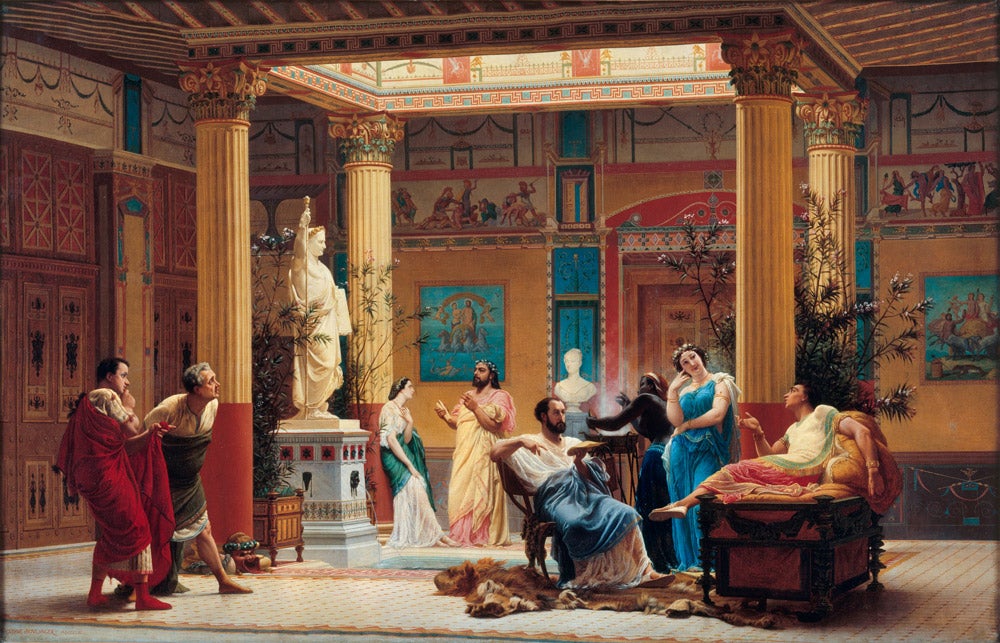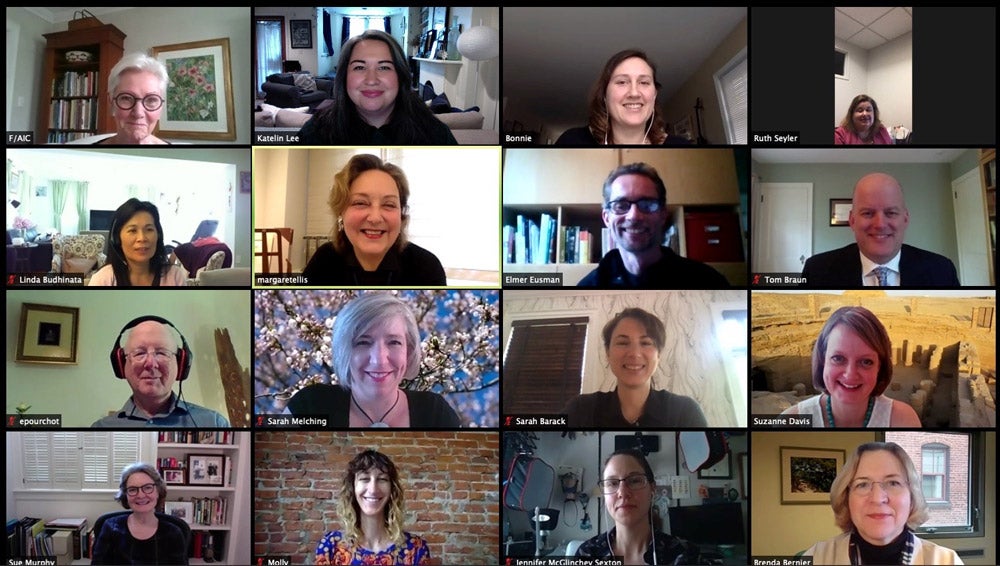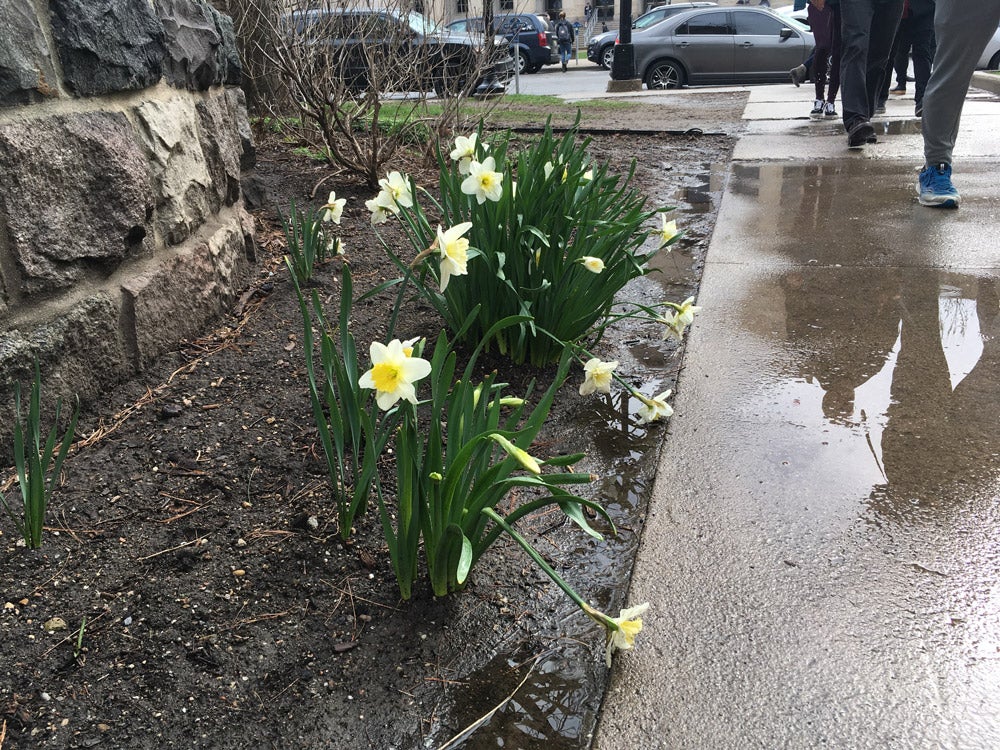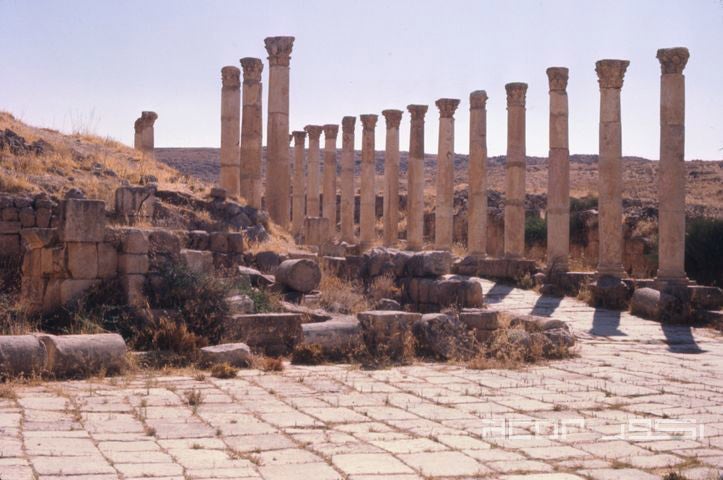BY KATHERINE LARSON, PhD candidate, Interdepartmental Program in Classical Art and Archaeology, University of Michigan
Over the weekend of January 8–11, I — along with the majority of the Classics Department — escaped the frigid air of Michigan to attend the joint Archaeological Institute of America (AIA)/Society of Classical Studies annual meetings in New Orleans, the first in which I participated by giving a paper. Attending these conferences is key for young scholars such as myself to establish a name and professional presence, to meet and network with friends and colleagues, and to learn about current, cutting-edge research. The AIA is the biggest and most widely attended, but many of us attend and participate in several conferences over the course of the year: alongside classes and excavation schedules, they are foundational to the annual rhythms of the archaeological academic life.
Back in mid-August, I submitted an abstract to the organization and learned in early October that it had been accepted for a fifteen-minute presentation at the meeting. My paper was titled “And Now, For the Rest of the Story: Interrogating Small Finds from Tel Anafa, Israel” (with a nod to the late Paul Harvey). In honor of the forthcoming Kelsey Museum publication of the final volume of the Tel Anafa excavation reports, I amalgamated the numerous studies of small finds from the site, including metal agricultural tools, terracotta spindle whorls and loomweights, and stone grinding implements, which have been written since the first volume on Anafa came out in 1994. We’ve come to realize over the years that, in addition to possessing luxurious imported objects from the Phoenician coast, the late Hellenistic residents of Tel Anafa were self-sufficient for their daily needs and engaged heavily in various forms of animal husbandry, agriculture, food production, and crafts (including metallurgy and textile manufacture). I argued that, while these objects are often overlooked in site-wide studies in favor of architecture and pottery and their discussion limited to specialist studies, they can tell us important things about daily life, economy, and social and cultural relationships in the ancient world. The Karanis objects on display at the Kelsey are another good example of this: they tell us so much about the people who lived and worked at Karanis, including how they spent their days, what they ate, what they wore, and so on.
The AIA annual meeting used to be more difficult for me: I didn’t really know anyone outside my own school, and I’m not good at walking up to people I don’t know to introduce myself. This isn’t the case anymore, and the meetings have become a fun and easy way to catch up with friends, former professors, field colleagues, and IPCAA alums. The book displays and sales are famous, with many publishers offering recently published texts at 25–50 percent discounts. Alas, I missed out on the deeply discounted inventory-clearing sales on the last day of the conference, when graduate students get in line at 7:30 a.m. clutching hotel room paper cups full of coffee in hopes of finding $100 volumes for $5.
The AIA isn’t all about formal papers and networking: many of us were able to find a little time to explore the nearby French Quarter. Highlights for me were eating charbroiled oysters and visiting St. Louis Cemetery No. 1. Archaeologically, the burial ground is fascinating, with family mausoleums spanning from the 18th century to the present day, funerary inscriptions in French and English, and a particularly memorable monumental tomb of Italian design and imported marble.
Thanks to the financial support of the Interdepartmental Program in Classical Art and Archaeology, I was able to attend this year’s annual meeting and present the results of important research in a public forum to a community of archaeologists. Next year, I’ll be “on the market” and with any luck will spend the meeting interviewing for jobs!












